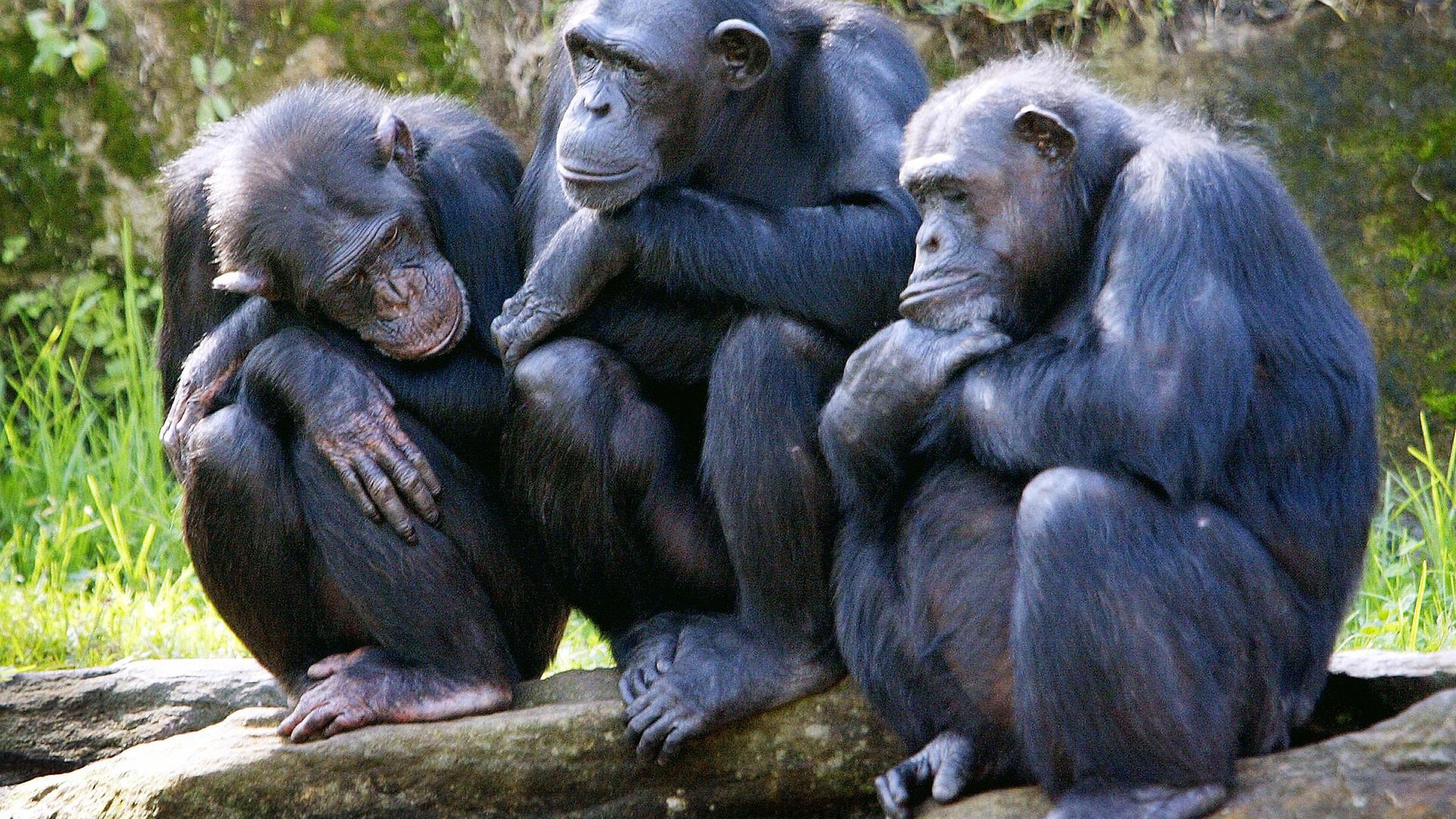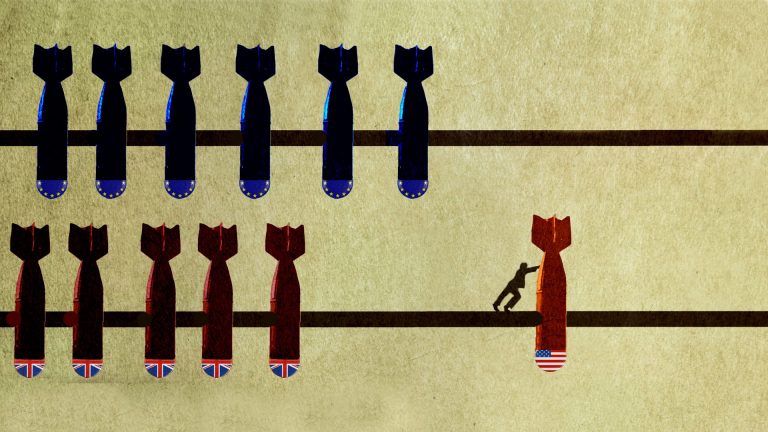
In the mid-1990s I wrote a dystopic novel, Great Apes, in which I imagined an alternative world in which chimpanzees rather than humans had been the most evolutionarily successful primate species. Everything at the macro level remained the same – which enabled me to make execrable puns about Lloyd Grosschimp presenting a TV programme called Sub-Dominant Chef – while at the micro level, individuals went about naked from the waist down, so that any conflicts could be resolved by expeditious mating followed by mutual grooming.
I’d been moved to write about chimpanzees by a pure thought experiment: living at the time in a country cottage isolated by wheat fields, come the harvest I was much troubled by the beasties – mice, rats, birds, all manner of insects – that had been driven indoors by the combine harvesters. But what, I wondered, would be the most frightening animal to have entering your bucolical bedroom late at night and unannounced? From some dim recess of my mind came this: a chimpanzee! I really wouldn’t want to confront a chimpanzee… and when I looked into the matter, I found out how right I was.
True, chimps aren’t inveterately violent – but adult males are around two-and-a-half times stronger that adult human males, and when roused they show no quarter. The females can be handy too. When, in the course of my research for the book, I visited the troop at London Zoo, and was introduced to them by their head keeper, who led me along a barred corridor into their cage. A chimp came up to the bars and stood on her hind legs looking at me interrogatively: “That’s the troop’s beta in the hierarchy,” the keeper explained. “Because she’s sterilised she can occupy that position in the hierarchy – this wouldn’t happen in the wild.”
The chip pointed towards my wrist. “She’s seen the end of your tattoo,” the keeper explained, “she likes tattoos – show her the whole thing.” Without any ado, I unbuttoned my cuff and rolled up my sleeve to expose the tattoo; whereupon the chimp beckoned with her finger. Unthinkingly, I began to move my forearm towards the bars. “Don’t,” the keeper snapped, “let your fingers anywhere near hers, she’s trying to trick you – what she wants to do is to pull them off.” He then explained that although he’d known every chimp in the troop since berth, if he were to venture inside their cage he’d be dead in minutes.
I never returned to the zoo again after that encounter. For me, it would’ve seemed like visiting a prison to be amused by the antics of inmates who’d all been banged up for the crime of simply existing. Primatologists are wont to say that chimps have the functional intelligence of a three-year-old human child – but I ask you, gentle reader, would you have the functional intelligence of a three-year-old chimpanzee, were you to find yourself on a colobus monkey hunt with a lot of hyped-up chimps in their jungle environment? Would you be able to brachiate backwards through the tangled foliage at breakneck speed, as they do; or to articulate the complex sequences of pant-hoots, pant-grunts and hand gestures whereby they communicate?
Somehow I doubt it – just as I doubt you could still maintain the fiction that these animals are without consciousness or personhood if you troubled to even watch a good documentary about them with a genuinely open mind on the question. And consider this: you can take a blood transfusion from a chimp – so close are we to them; while primatologists I’ve spoken to have said they consider it not impossible for a human-chimp hybrid to exist. Anyway, when I was promoting my novel I often animadverted that on current trends the chimpanzee would be extinct in the wild within my lifetime; and moreover, that we’d feel pretty damn strange once we realised we’d severed the proximate link, joining us to the great chain of natural being.
So, how goes it with my prediction? In the mid-1990s there were estimated to be as many as 1.2 million chimpanzees in the wild – a quarter century on, the population has been reduced to between 172,000 and 300,000, according to the website run by the pioneering primatologist Jane Goodall. Yes, it’s a holocaust that’s being enacted here and a true genocide – moreover, it’s not one that needs to be remembered, because it’s still remorselessly underway.
That the death of these million or so individuals should have been proximately caused by African humans either hunting for bush meat, or clearing the forest due to economic pressures, doesn’t allow us to feel exonerated – but rather, should give us pause to think about our own status as apex predators, laying waste to the world’s resources with no more care for the morrow than… well, a troop of chimpanzees. For if you find it difficult to sympathise with chimpanzees on the basis that they’re not like humans, perhaps you’ll find that much easier when you consider quite how much humans are like… them.









